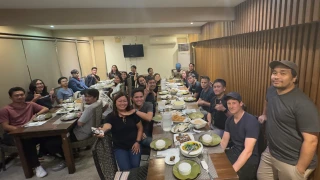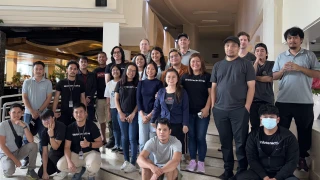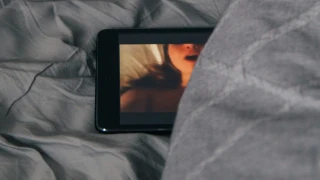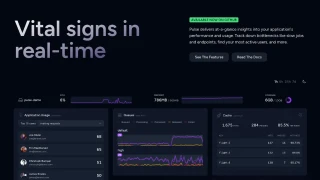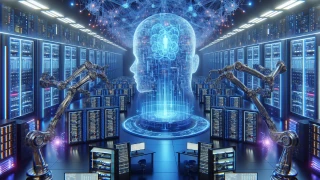- / Contents
- / For the Love of Poetry and Technology
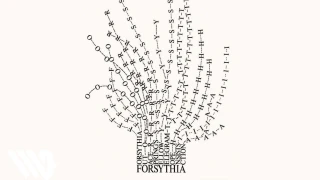
For the Love of Poetry and Technology
The text explores the evolving relationship between print and digital poetry, highlighting the distinct strengths of each medium—print poetry's depth and contemplative nature versus digital poetry's dynamic accessibility—while ultimately arguing that both forms enrich the literary experience through their unique approaches.
Growing up, I have always been fond of print poetry as much as I have been of the advancement of technology. There was one point in my college life where the thought of getting the best of both worlds came to my mind. You know, write poetry while harnessing the potential of technology. Writers of Print Poetry have brought out innovative devices such as producing literary style through spacing, punctuations, shapes, forms, paragraph indention, and spelling of words to bring out the unique color of poetry. I, personally, have succumbed to a lot of printed poetry books. However, these become passé when technological advancement partners with poetry which is appealing to the contemporary era.
Print Poetry in its conventional way of presenting poetry collections is familiarly used in the literary milieu and its familiarity creates a problematic impact of lesser appeal to the general audience. It is a commonly-used medium for mass distribution of poetry in the marketing industry. In conducting poetic analysis, the materials used are print poetry because of its capability for deeper analysis. Back in college, we used to print massive amounts of poetry collections so that we can see better perspectives in doing our critical analysis. Brought by its static position while reading, the stability allows me to go deep into the details and be able to dissect it aesthetically. Print poetry is less interactive yet it draws clearer concentration to the literary work. It generates more time for internal contemplation and further enhances the cognitive area of a person by longer exposure to the text. It allows the readers to experience what sublimity (Longinus, “On the Sublime”) is given the maximum time to digest and ponder on the poetic text. It enhances the capacity of the reader to veer mainly on its form, content, rhyme, and other aesthetic elements without using graphic movements and innovative concepts shown in the digital poetry. Economically speaking, print poetry is more costly than that of desktop online publishing.
Print poetry enables the readers to closely hear and register the rhythm of a poem from the strictest metered verse to the loosest free verse. In print poetry, different forms are recognized and these are important in determining a poem’s shape and the emotions it conveys. This is called the Carmen Figuratum in which verses are arranged topographically in an unconventional configuration. It is a special feature of print poetry that only a static presentation of poetry can execute. An example of a print poetry that has this feature is George Herbert’s “Easter Wings” which reveals in its form the atonement of Jesus Christ in the figure of an altar.
Lord, who createdst man in wealth and store,
Though foolishly he lost the same,
Decaying more and more,
Till he became
Most poore:
With thee
O let me rise
As larks, harmoniously,
And sing this day thy victories:
Then shall the fall further the flight in me.
My tender age in sorrow did beginne
And still with sicknesses and shame.
Thou didst so punish sinne,
That I became
Most thinne.
With thee
Let me combine,
And feel thy victorie:
For, if I imp my wing on thine,
Affliction shall advance the flight in me.
However, print poetry, unlike digital poetry, becomes less attractive to those who are receptive to audio-visual graphics, which most of us are—because of its familiarity in presenting the work of art.
According to Allan Paivio in his picture superiority effect (6), 60% of the information is remembered after three days when it is presented using pictures, graphics, and other visual images while only 10% is in the form of a text. Hence, it implies that digital poetry is dominantly compelling to the audio-visual people who comprise 65% of the general public (Sebora, “What type of learner are you?”). Because digital poetry involves technological concepts, it may cover any types of poems with or without restraints in the condition that it has to have visual images which may help the reader understand more of the poem’s theme. With or without rhyme, a poem can be a poem in digital poetry because of its 0.5 second transition of lines in which one cannot introspect any longer than in print poetry. Its speed of time lapses leads the readers to be more focused on the content and the images rather than its aesthetics.
In print poetry, the elements of poetry are easily distinguished as it allows to be closely looked upon repetitively depending on the decision of the reader. In digital poetry, it is inconvenient if one tries to go over a striking line because he/she has to watch it till the end before the poem can be replayed. Digital poetry has no pause and play option so it runs continually till the end. The possibility of closely looking into the lines and contemplating the words is taking too long to do so. It is far different from print poetry where the lines can be easily gone through whenever desired to.
Using software like Microsoft Word in publishing poetry does not mean it is digital. MS Word is obviously the medium for reproducing print copies. But in order for a poem to be considered digital, it has to be classified into six groups: (1) Generative poetry, (2) Code poetry, (3) Visual digital poetry, (4) Kinetic poetry, (5) Multimedia poetry, and (6) Hypertext poetry. Before fully understanding what digital poetry is, the differences between these seven groups must be discussed.
Generative poetry is the use of changing literary text through a specific dictionary. It follows a certain set of algorithms to create poetry.
Code poetry is a combination of two types of audiences: the computer (using codes) and the readers ( using the text). Codes are not just numbers, but they can convey a specific meaning and can be used as a form of language. Below is an example of a code poem.
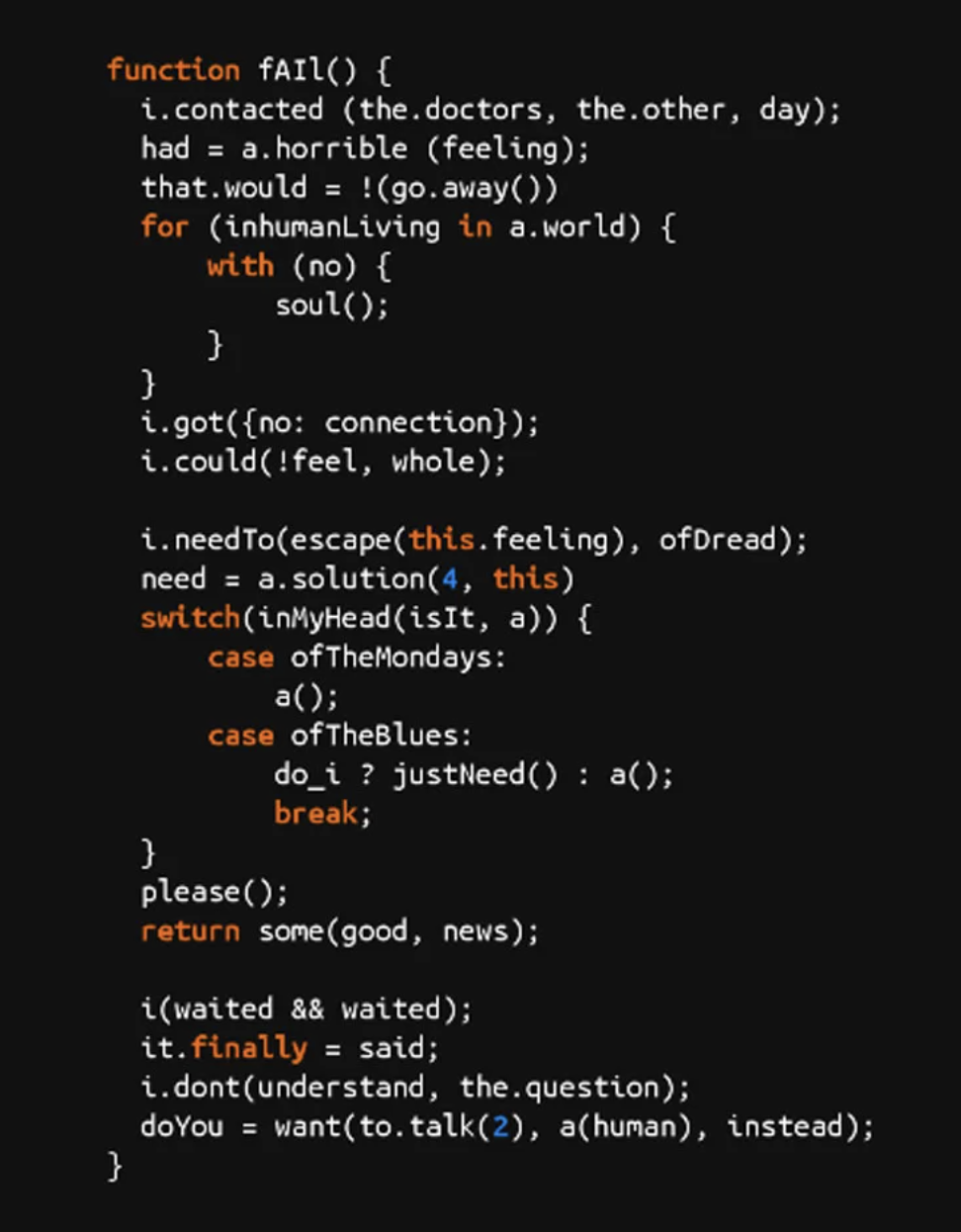
Visual digital poetry is an interactive poem that can be viewed in gifs and images. The language of the poem is represented by some visual elements. Its visual images are intertwined with the text of the poem which is the vice versa of concrete poetry. Below is an example of a digital visual poem in which the image interferes with the displacement of the text.
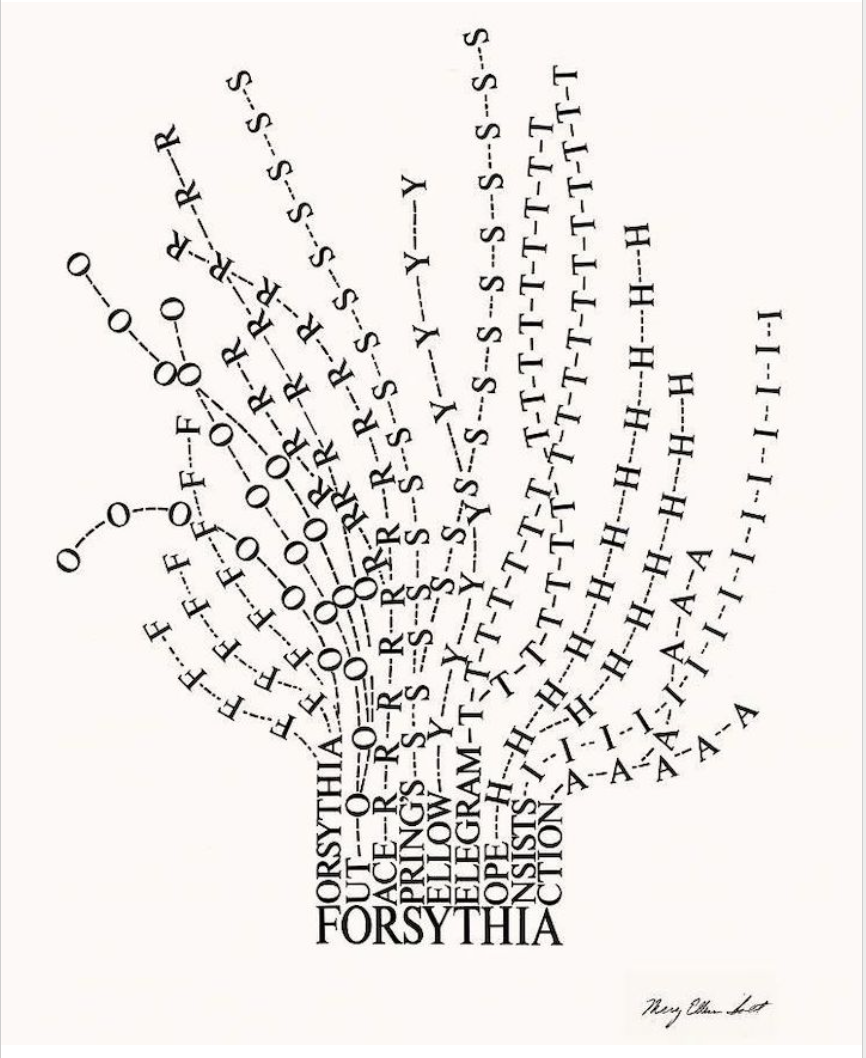
There are a lot of poetry forms that involve technological concepts to elevate the reader’s experience. Kinetic poetry, for example, involves animations to give movement to poetry which changes information over time. The words gradually drift toward each other and diverge from end to end. Phrases are successively arranged as they come and fade away, paving to the next verse. On the one hand, Multimedia poetry is also a mix of technological techniques applied to create poetry. Poems in this kind of digital poetry feature videos, images, texts, and other media techniques incorporated for presentation. On the other hand, Hypertext poetry incorporates internet inks and nodes in forming poetry. Its complexity allows the readers to see poetry in a wider scope using technological concepts such as hyperlinks.
These kinds of digital poetry all have different creative styles in presenting poetry. However, all of these break away from the usual form of poetry and its conventional style. Because of its peculiarity, even the general audiences who don’t appreciate poetry become engaged to it. In terms of accessibility, digital poetry has wider connection to the readers for it can now be accessed online which is not offered by the print poetry. Print poetry has limited access and so far its marketability is costly compared to a click on the internet. With just a few clicks, they can access the poem instantly from anywhere in the world, whether they're on a smartphone, tablet, or computer. This immediate availability contrasts sharply with traditional print poetry, which often requires purchasing a physical book from a bookstore or waiting for it to be delivered. The print option involves higher costs for production, shipping, and distribution, limiting access to those who can afford or have the means to acquire these physical copies. In this way, digital poetry's online presence provides broader and more inclusive access, allowing more people to engage with and enjoy poetry without the barriers of cost and availability that print poetry can impose.
Many critics say that digital poetry must be separated from what is called true poetry. They insist that it breaks the conventions of poetry and that it does not follow some of the elements of the poem. The delimitation defies the idea that digital poetry somehow contributes to the restoration of poetry. And somehow, digital poetry takes portions of poetry for it to be successfully established. This mutual relationship leaves us with the conclusion that both are inseparable and beneficial to the literary world. Just as technology transforms how we resonate with the world, digital poetry reinvents how we experience and understand each verse, proving that innovation and tradition can coexist and enhance our appreciation of both.
Patrons of either digital or print poetry have separate reasons for their choice. Even you, yourself, have a reason for your choice. Some of us readers prefer print poetry because we want to breathe in lines which they want to remember. Some prefer digital poetry because they want to experience a new kind of poetry that is way interesting and unique in presentation, something new they had not experienced in reading print poetry. The diversity of choices is brought by the diversity of people. Above all, poetry is poetry when it produces a special intensity to the expression of feelings and emotions on the inside of the speaker and the poet regardless of the medium used. Whether you're a coder, a gamer, or just someone who loves the digital world, poetry in this new format invites you to explore emotions, stories, and ideas in a way that feels both familiar and refreshingly innovative. Happy writing!
References:
Easter Wings. (2024, June 22). The Poetry Foundation. https://www.poetryfoundation.org/poems/44361/easter-wings
Paivio, A. (2006). Dual coding theory and education. In Pathways to literacy achievement for high poverty children. University of Western Ontario.
Sebora, J. (2008). What type of learner are you? Kids Connection. Herald Journal Publishing.

